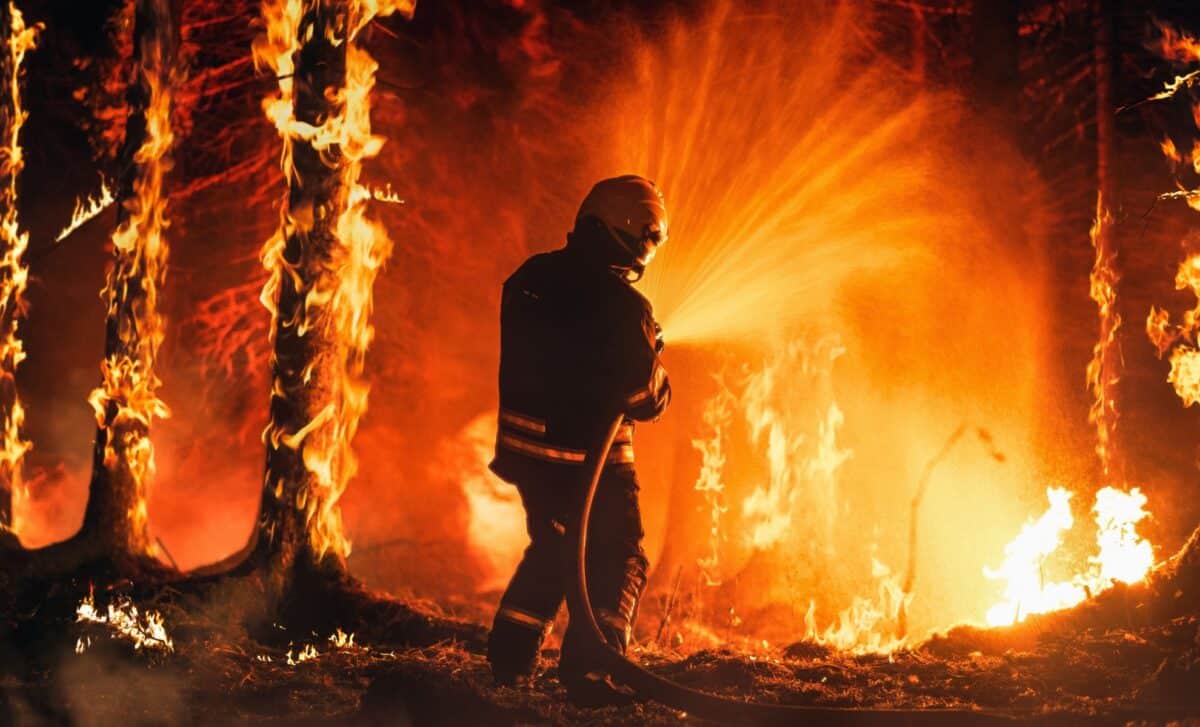Three large wildfires continue to burn across northern Minnesota, with over 35,000 acres affected and no containment reported as of mid-May 2025. The ongoing blazes have forced evacuation orders, destroyed numerous structures, and challenged firefighting efforts amid record high temperatures and dry weather.
The scale and speed of the fires have alarmed local authorities, who warn that the region faces one of the most severe wildfire events in recent memory. Emergency responders are coordinating efforts to protect communities and infrastructure while closely monitoring weather conditions that remain conducive to fire spread.
Multiple Fires Combine to Create Significant Regional Threat
The largest wildfires currently active are the Jenkins Creek Fire, the Camp House Fire, and the Munger Shaw Fire. The Jenkins Creek Fire, centred near Hoyt Lakes about 60 miles north of Duluth, has consumed approximately 20,593 acres, according to the National Interagency Fire Center.
The Camp House Fire, now grouped with Jenkins Creek as the Brimson Complex, has burned nearly 15,000 acres near Brimson and destroyed at least 146 buildings, including homes and cabins, as reported by the St. Louis County Sheriff’s Office. The Munger Shaw Fire is smaller but still active, affecting around 1,700 acres south of the other two.
All three fires remain uncontained and are described as highly active, with no significant slowing in their advance. Officials estimate firefighting costs have reached over $2 million collectively.
Evacuation orders affect numerous communities in St. Louis and Lake counties, with roads closed and air quality alerts issued. The U.S. Forest Service has closed parts of the Superior National Forest to public access due to the fires.
Weather Conditions Complicate Containment Efforts but Offer Hope
Northern Minnesota has experienced an unusual May heatwave combined with dry vegetation, creating extremely dangerous fire conditions. The Minnesota Department of Natural Resources (DNR) has highlighted the extreme fire danger, emphasising how easily dry vegetation can ignite and spread wildfire rapidly.
According to the National Weather Service, critical fire weather conditions persisted throughout Wednesday, with hot, dry, and windy weather favouring fire growth.
However, forecasts indicate a change may be on the horizon, with cooler temperatures and rainstorms expected to arrive on Thursday afternoon. These weather shifts could help slow the fires and aid firefighting operations.
Governor Tim Walz has deployed the Minnesota National Guard to assist firefighting efforts amid ongoing emergency evacuations. Despite the scale of the event, there have been no reported injuries or fatalities.









